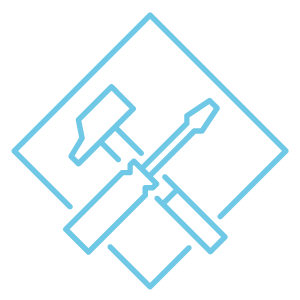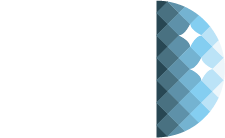Who we are
What do astronomers do when they see the night sky "getting brighter" and the stars "disappearing" a little more every year? They set out to study light pollution.
So it was that a small group of scientists and engineers from Toulouse founded DarkSkyLab at the end of 2013, shortly after the creation of the Pic du Midi Interna-tional Dark Sky Reserve in the Pyrenees.
The team was soon made up of four members: astrophysicist Sébastien Vauclair, aerospace expert Michel Bonavitacola, telemetry specialist Gonzague Bosch and software engineer Philippe Deverchère.
Since then, DarkSkyLab has been developing and implementing benchmark solu-tions for measuring, analyzing, modeling and mapping artificial lighting and light pol-lution.
Today, its tools and services are mobilized to meet a wide range of challenges. To support the diversification of its activities, in 2022, DarkSkyLab joined forces with two other French consultancies: TerrOïko, specializing in digital technologies for biodi-versity, and La TeleScop, experts in remote sensing, satellite imagery and geomat-ics.
What is light pollution?
The development of artificial night lighting, which has accompanied the evolution of human societies since the beginning of the industrial revolution, has extended our days.
But it also has many negative consequences: pressure on the biodiversity, deterioration in human health, increased energy consumption, obstacles to astronomical observation...
These nuisances are commonly referred to as light pollution.
Our teams are studying this pollution from two angles:
the brightness of the night sky: as it diffuses into the atmosphere, the light produced by artificial lighting leads to the formation of luminous halos over illuminated areas, which can be visible at great distances.
the direct visibility of light sources: this is what attracts and traps insects around street lamps at night, disorients migratory birds who are bothered by the sight of certain light sources, or disrupts the production of melatonin (a hormone that promotes sleep) in mammals.

We develop technological and scientific tools
DarkSkyLab first specialized in the study of night sky luminosity, developing Ninox (a device for measuring sky quality continuously from the ground) and Otus (light scattering simulation and mapping software).
In 2022, we rounded out our offering with the launch of Strix (software for modeling and mapping the direct visibility of light sources) and Asio (software for detecting lighting shutdowns and creating virtual light points).
In 2023, StatEp software was added for statistical and cartographic analysis of lighting parks.
In 2024, we inaugurated the Light Pollution Platform, an online software platform giving everyone direct access to some of our tools and the ability to perform customized analyses.

We analyze, support and raise awareness
DarkSkyLab helps its customers to know and understand the light pollution issues that concern them, to inform their decision-making.
Our design office specializes in the acquisition and analysis of lighting and luminosi-ty data (sky quality measurements, satellite and aerial imagery, light point invento-ries, etc.), as well as the modeling and mapping of light pollution.
We also run awareness-raising and training campaigns on light pollution issues, and support the design of customized tools and methods.
Our services are aimed at local authorities and public lighting managers, profes-sionals in lighting design, construction and public works, urban and regional plan-ning, operators of transport infrastructures, sports facilities, industrial, agricultural or commercial sites, managers of natural areas, health, insurance and safety profes-sionals, researchers and scientific organizations...

We work by combining expertise
DarkSkyLab is often involved in projects and studies where light pollution needs to be analyzed in relation to specific issues: lighting park performance, biodiversity preservation, protection of the night sky and astronomical observation, improving human health, safety...
To each his own expertise! When a project goes beyond our core competencies, we call on partners who are experts in their field: ecology consultancies (notably TerrOïko), architects and lighting designers, satellite and aerial imagery specialists (notably La TeleScop), research laboratories...
Our team
DarkSkyLab brings together people with a wide range of skills, at the crossroads of data science, geomatics, software engineering, astrophysics and ecology.
